When the time comes to make programmes looking back on the 2010s, I wonder which aspects of life today will seem the weirdest. Quinoa? The fact that we were expected to be ‘passionate’ about our jobs? Being so overexcited by new technology that we constantly stared at phones? Or maybe it’ll just be how many almost identical TV series looking back on previous decades we used to watch: the kind where a family dresses up in period costume and lives for a while like people from previous eras, carefully ticking off the signifiers as they go. (Space hoppers and Chopper bikes for the Seventies, Rubik’s Cubes and shoulder pads for the Eighties.)
The latest example — following the likes of Back in Time for Dinner, Back in Time for Christmas, Turn Back Time: The Family and Turn Back Time: The High Street — is Back in Time for the Weekend (BBC2, Tuesday), where even the title’s promise of a slightly different focus didn’t last for long. At the start, presenter Giles Coren proudly announced that the series would bring us ‘50 years of British weekends’, but in the first episode, set in the Fifties, once the weekend was over, the programme rolled on to the rest of the week with neither a pause nor an explanation.
There is, mind you, no doubting the commitment of the family involved. For their trip back to the original Austerity Britain, the Ashby Hawkinses not only donned the requisite hats and National Health specs, but also allowed their house to be ripped apart and reconfigured in best make-do-and-mend chic. And they were a good choice in other ways too. In real life, mum Steph is the breadwinner, which meant that it came as a bit of a shock when she realised she’d be doing 11 hours of chores a day while her husband Rob sat in a chair pretending to smoke a pipe. They’re also a likeable and articulate foursome, especially the precocious Seth, a 12-year-old boy much given to furrowing his brow and ruminating on the shifting nature of social expectations.
Given the unshakeable devotion of these programmes to received wisdom, startling revelation was duly in short supply. Then again, perhaps their main function is to provide comfort rather than fresh information, not just by reciting all over again the commonly agreed version of postwar British life in a sort of historical equivalent of communal hymn-singing, but also by assuring us how marvellous life is today compared with more benighted times. So it was that the Fifties got their usual kicking for being dull and conventional as well as sexist — until liberation came in the form of washing machines and rock’n’roll. Still, at least Seth enjoyed himself as he camped in the woods with friends, cooking Spam and warming the hearts of any parents watching by explaining how unexpectedly nice it was to get away from a computer screen.
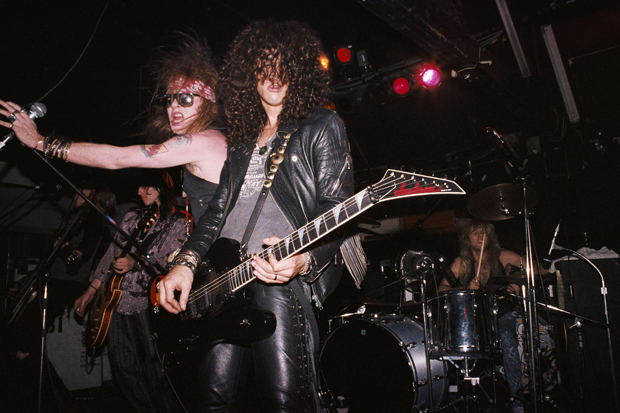
But if you really wanted to see how much life had changed — not least for women — just 30 years after all that Fifties repression, one way was to watch The Most Dangerous Band in the World: The Story of Guns N’ Roses (BBC Four, Friday). Whereas 16-year-old Daisy Ashby Hawkins was instructed in the decorous art of ballroom dancing to have her Fifties fun, here we met Adriana Smith, a stripper and girlfriend of the band’s drummer who agreed to be recorded having noisy sex with the lead singer Axl Rose as part of the 1987 track ‘Rocket Queen’. ‘I did it for the band,’ she explained, ‘and for a bottle of Jack Daniel’s.’
Strippers, in fact, proved something of a motif, providing the band with companionship, booze and on-stage dancing that took Guns N’ Roses shows ‘to the next level’. But of course, there were plenty of other classic rock tales as well. Personally, I particularly liked Axl wanting to buy his own army in Guatemala, and his continuing belief that when the guitarist Slash’s heart stopped for eight minutes on the carpet of an LA hotel, the man’s soul left his body in the form of a crow and a replacement soul entered that has been in place ever since. And Axl was the abstemious one — unlike, say, bassist Duff McKagan, who at one stage gave up heroin and started drinking ten bottles of wine a day instead. Slash himself, incidentally, was careful to stick to a daily ration of four pints of vodka, but that was before he went out for the evening.
Ninety minutes of this stuff made for a grimly riveting and — let’s face it — often entertaining watch. Yet, by the end, I suspect that even the most ardent fans of rock excess might have found themselves wondering if there’s something to be said for the boring old Fifties after all.
Got something to add? Join the discussion and comment below.
Get 10 issues for just $10
Subscribe to The Spectator Australia today for the next 10 magazine issues, plus full online access, for just $10.
You might disagree with half of it, but you’ll enjoy reading all of it. Try your first month for free, then just $2 a week for the remainder of your first year.

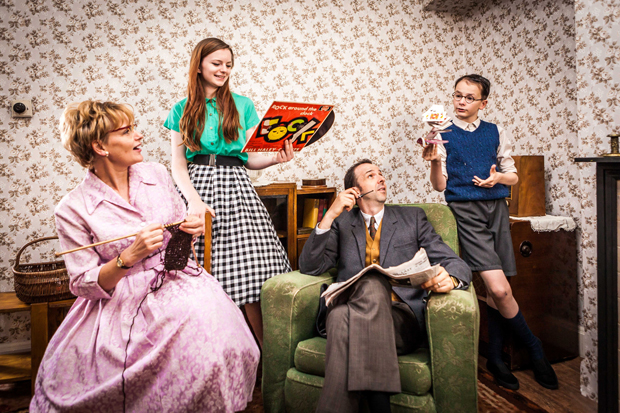
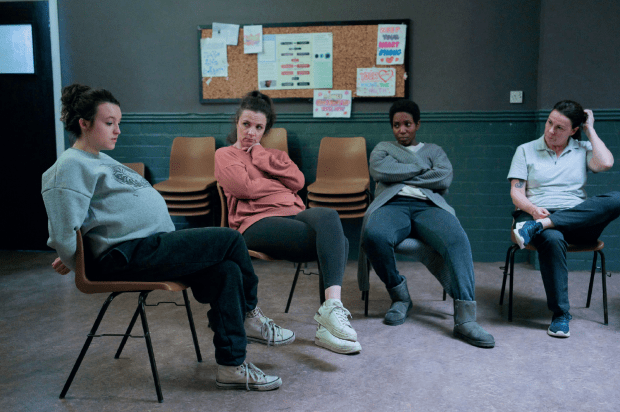
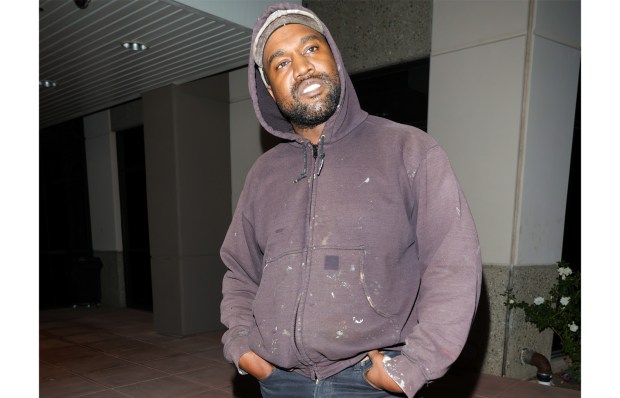
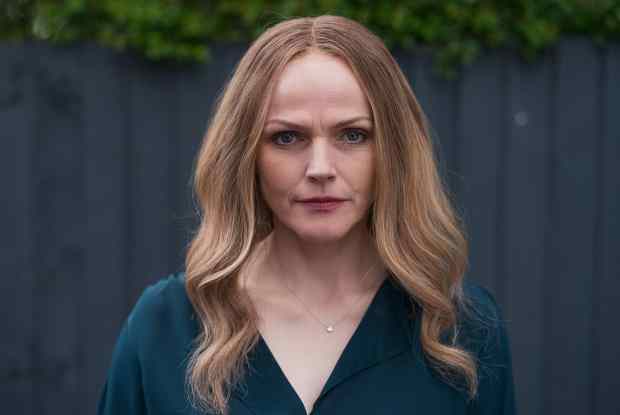
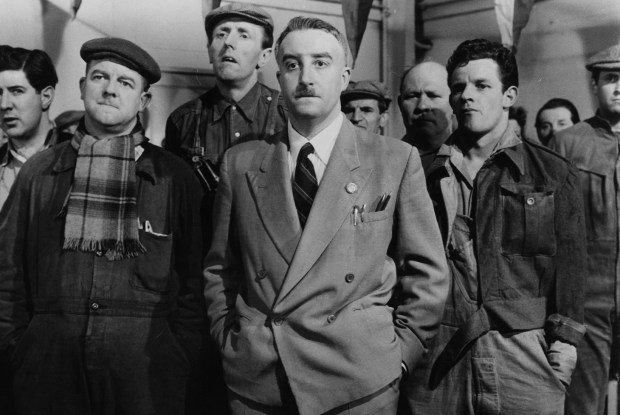

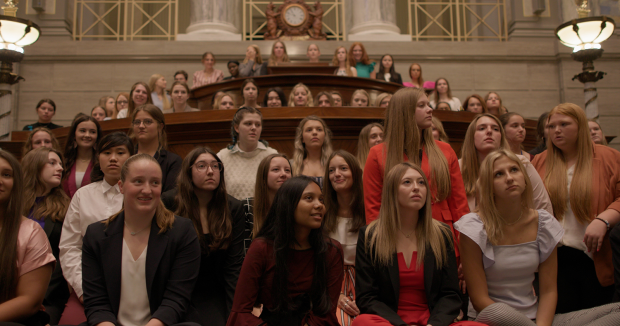






Comments
Don't miss out
Join the conversation with other Spectator Australia readers. Subscribe to leave a comment.
SUBSCRIBEAlready a subscriber? Log in